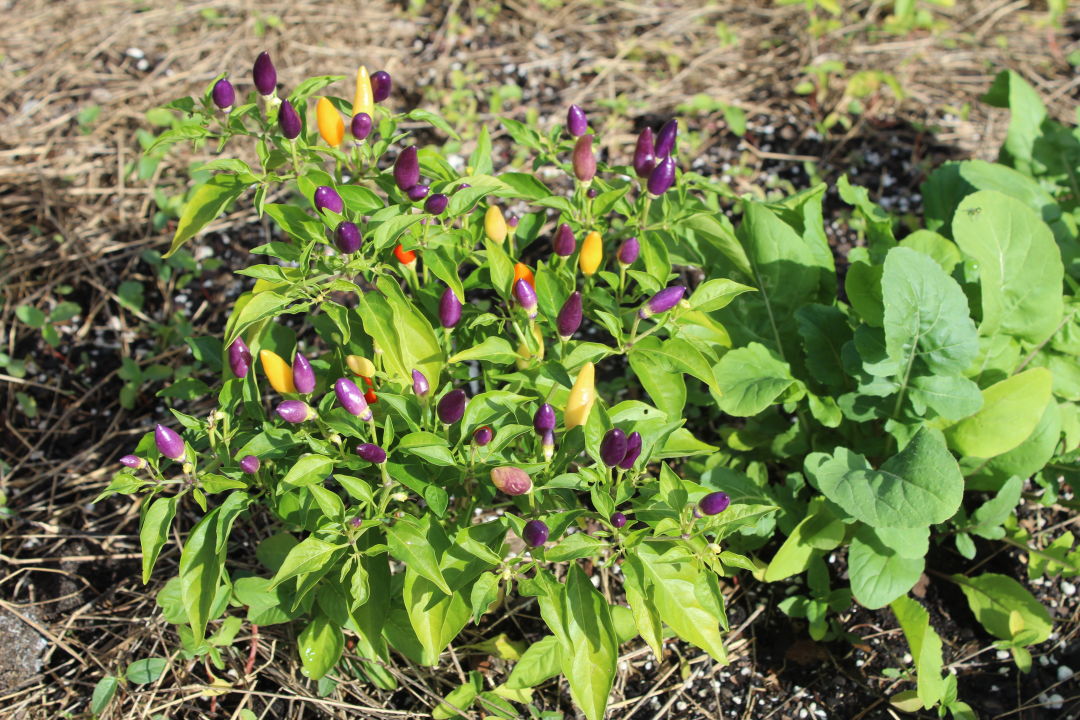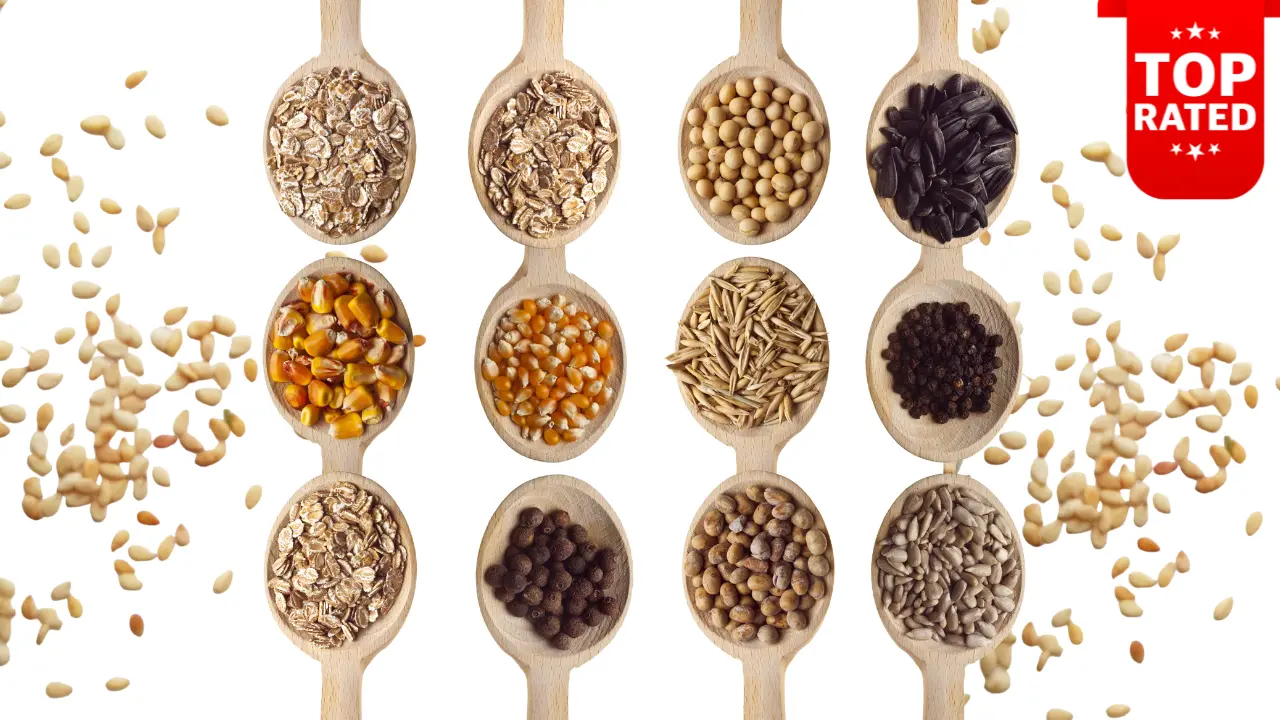Florida’s subtropical climate—think hot, humid summers and mild, frost-free winters—makes it a gardener’s paradise for year-round vegetable growing. Whether you’re in the sandy soils of South Florida (USDA Zone 10-11) or the slightly cooler Panhandle (Zone 8-9), selecting the right vegetable seeds is key to a bountiful harvest. In this comprehensive Florida vegetable gardening guide, we’ll explore the best heat-tolerant and cool-season varieties, heirloom gems, and essential tips for success. From okra pods bursting with flavor to crisp winter broccoli, discover how to turn your backyard into a productive edible landscape.

Credit: Sarasota Magazine
Understanding Florida’s Growing Zones and Climate Challenges
Florida spans multiple USDA hardiness zones, influencing what vegetable seeds perform best. Northern areas experience occasional freezes, while southern regions deal with relentless heat and humidity. Key factors include:
- Soil: Often sandy and nutrient-poor; amend with organic matter for better retention.
- Sunlight: Aim for 6-8 hours daily, but provide afternoon shade for heat-sensitive crops.
- Pests and Diseases: Watch for nematodes, aphids, and fungal issues in humid conditions.
By choosing Florida-adapted varieties, you can combat these challenges and enjoy homegrown produce that rivals store-bought freshness. According to the University of Florida’s IFAS Extension, selecting regionally tested seeds boosts yields by up to 50%.
Top Warm-Season Vegetable Seeds for Florida Summers
Florida’s scorching summers (May-September) demand heat-loving, drought-tolerant plants. These warm-season crops thrive in temperatures above 85°F and produce abundantly with minimal fuss.
1. Okra: The Ultimate Heat Champion
Okra (Abelmoschus esculentus) is a Southern staple that flourishes in Florida’s sweltering heat. Varieties like ‘Clemson Spineless’ or heirloom ‘Red Burgundy’ yield tender pods perfect for gumbo or frying. Plant seeds directly in well-drained soil after the last frost; harvest every 2-3 days to encourage continuous production.
2. Sweet Potatoes: Low-Maintenance Ground Cover
Sweet potatoes (Ipomoea batatas) are ideal for Florida’s long growing season. ‘Beauregard’ or ‘Centennial’ slips (young plants from seeds) store well and provide vitamin-rich tubers. Space vines 12-18 inches apart in full sun; they’re forgiving of poor soil and suppress weeds naturally.
3. Southern Peas (Cowpeas): Protein-Packed and Resilient
Black-eyed peas or crowder peas excel in hot, dry spells. Try ‘Mississippi Silver’ for prolific yields. These nitrogen-fixing legumes improve soil health, making them a smart choice for sustainable Florida gardening.
4. Tomatoes: Heat-Tolerant Varieties for Juicy Yields
Standard tomatoes bolt in Florida heat, but hybrids like ‘Florida 91’ or heirloom ‘Everglades’ resist cracking and blossom-end rot. Start seeds indoors in late winter; stake plants to support heavy fruit loads.

Credit: Hoss Tools
5. Peppers: From Sweet Bells to Fiery Habaneros
‘Aji Dulce’ or ‘Seminole’ peppers handle humidity without bitterness. Sow seeds 8-10 weeks before transplanting; they love the full Florida sun.
Essential Cool-Season Vegetable Seeds for Florida Winters
From October to April, cooler temps (50-70°F) allow for leafy greens and roots. These crops add color and crunch to salads during the “off-season.”
1. Broccoli: Nutrient-Dense and Frost-Tolerant
‘Packman’ or ‘Waltham 29’ broccoli heads up quickly in Florida’s mild winters. Plant seeds in September for December harvests; cover during rare freezes for sweeter flavor.
2. Cauliflower: Versatile and Vitamin-Rich
‘Snowball’ varieties self-blanch for creamy heads. Space 18 inches apart; mulch to retain moisture in sandy soils.

Credit: BloominThyme
3. Lettuce and Leafy Greens: Quick and Shade-Friendly
Heat-tolerant lettuces like ‘Black Seeded Simpson’ or Malabar spinach (a vining green) bolt less in partial shade. Succession plant every two weeks for steady supply.
4. Carrots and Beets: Root Vegetables for Loose Soil
‘Nantes’ carrots and ‘Detroit Dark Red’ beets push through Florida’s loose sands. Thin seedlings early; they’re ready in 60-70 days.
Heirloom and Florida-Native Vegetable Seeds to Explore
For biodiversity and flavor, incorporate heirlooms adapted to local conditions:
- Seminole Pumpkin: A sprawling squash resistant to squash vine borers; great for pies.
- Everglades Tomato: Tiny, wild fruits that withstand floods and heat.
- Roselle (Hibiscus sabdariffa): Tangy calyces for tea; thrives in humid summers.
These Florida-specific seeds support pollinators and preserve cultural heritage.
Pro Tips for Successful Florida Vegetable Gardening
- Soil Prep: Test pH (aim for 6.0-6.8) and add compost; raised beds combat drainage issues.
- Watering: Deep soak 1-2 inches weekly; drip irrigation prevents fungal diseases.
- Pest Control: Use row covers for aphids; neem oil for caterpillars. Rotate crops to deter nematodes.
- Seed Starting: Direct sow beans and okra; start brassicas indoors for transplants.
Consult the Florida Vegetable Gardening Guide for planting calendars by zone.
| Vegetable | Best Season | Days to Harvest | Spacing | Florida Zone Suitability |
|---|---|---|---|---|
| Okra | Warm | 50-60 | 12-18″ | 8-11 |
| Tomatoes | Warm | 70-80 | 24″ | 9-11 |
| Broccoli | Cool | 60-70 | 18″ | 8-10 |
| Sweet Potatoes | Warm | 90-120 | 12″ | 8-11 |
| Lettuce | Cool | 45-60 | 6-12″ | 8-11 |
Where to Source Quality Vegetable Seeds for Florida
Shop from trusted suppliers like Florida Seed & Garden for non-GMO, heirloom packs tailored to the state. Victory Seed Company’s Florida Vegetable Garden Pack bundles top performers. For locals, check Growin’ Crazy Acres or The Urban Harvest for native varieties.
Harvest the Sunshine: Start Your Florida Garden Today
With the right vegetable seeds, Florida gardening isn’t just possible—it’s profoundly rewarding. Imagine plucking sun-ripened tomatoes or crisp broccoli from your own plot, reducing your carbon footprint while savoring ultra-fresh flavors. Ready to dig in? Grab those seeds, roll up your sleeves, and transform your space into a verdant oasis. What’s your first crop? Share in the comments below!

